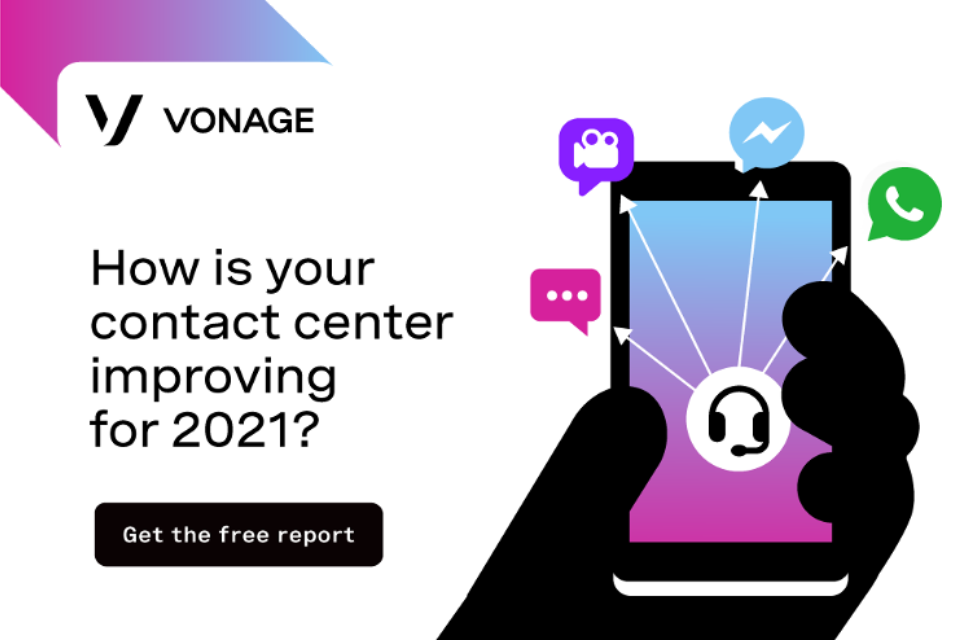It’s no secret that smart use of the right contact channel and judicious use of customer data is the foundation of the sort of responsive customer service today’s digital consumer demands. Let’s look at the best ways of getting to that destination and how you can ensure you are rightly supporting your customer base…
Being smart on timing
Our company has a database of millions of UK mobile users and their pick-up patterns. In fact, we’ve touched 75 per cent of the UK population through all our client work. And we’ve seen a big pattern emerge; one of the oversights companies are guilty of is running an expensive contact centre that doesn’t make phone calls at the right times during the day. That is a missed opportunity. I’m personally a blur of motion in the morning as I get to work, but I have a couple of calmer times in the day, and by 8pm, I’m halfway through a new episode of GBBO. In other words, work with me and my schedule and don’t expect me to take a sales call before I get to the office, or try and conduct a market research questionnaire for 30 minutes while my favourite programme is on. Sounds simple, but it’s amazing how many companies get this wrong – the data is out there.
One size does not fit all
Too often, the contact centre relies on one contact channel, albeit calling or emailing, web chat or dialler and so on, which is just too inflexible. It turns out that how you engage matters as much as timing. That means brands need to apply thought to what will work for different customer demographics. For people in arrears and younger people in general, voice calls don’t appeal. But switching to SMS (and two-way SMS conversations in particular) means response rates can be phenomenally high. Making contact through a channel that customers are not comfortable with means they will block you, but if the initial outreach is via a channel they prefer, there may be a wide-open door.
Don’t just blast out the company propaganda endlessly via different communication mediums. Instead be proactive, as proactive is what all good customer contact centres should be practicing right now. A great place to start is using proactive outbound communications that notify customers of key relevant events, such as delivery schedule changes; in-store or online promotions; or the availability of their latest bills. These interactions will be a requisite to further useful conversations you then need to go on and have. According to Forrester, “Proactive engagements anticipate the what, when, where, and how for customers, and prioritise information and functionality to speed customer time-to-completion.”
To navigate our complex world as a brand, you have to work with the reality of how people are operating, so you need to keep abreast of all the communication channels. You also need to offer choice; people like choice, different channels, and you need to ensure the transition between them is seamless.
Creating an effective engagement strategy is a question of using the right blend of communications technology at the right time in a helpful and conversational way, to help you and your customers achieve omnichannel success.
Steven brings over 25 years’ of strategic sales and management experience to the role of sales and marketing director at VoiceSage, including 15 years in leadership roles in the contact centre, telephony and professional services space. His track record includes success at market leaders BT, Cable & Wireless, PSS Help, Empirix Inc. and Protocall One, where he spearheaded successful growth programmes, as well as building complete sales ecosystems across Europe and beyond.






